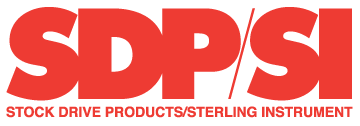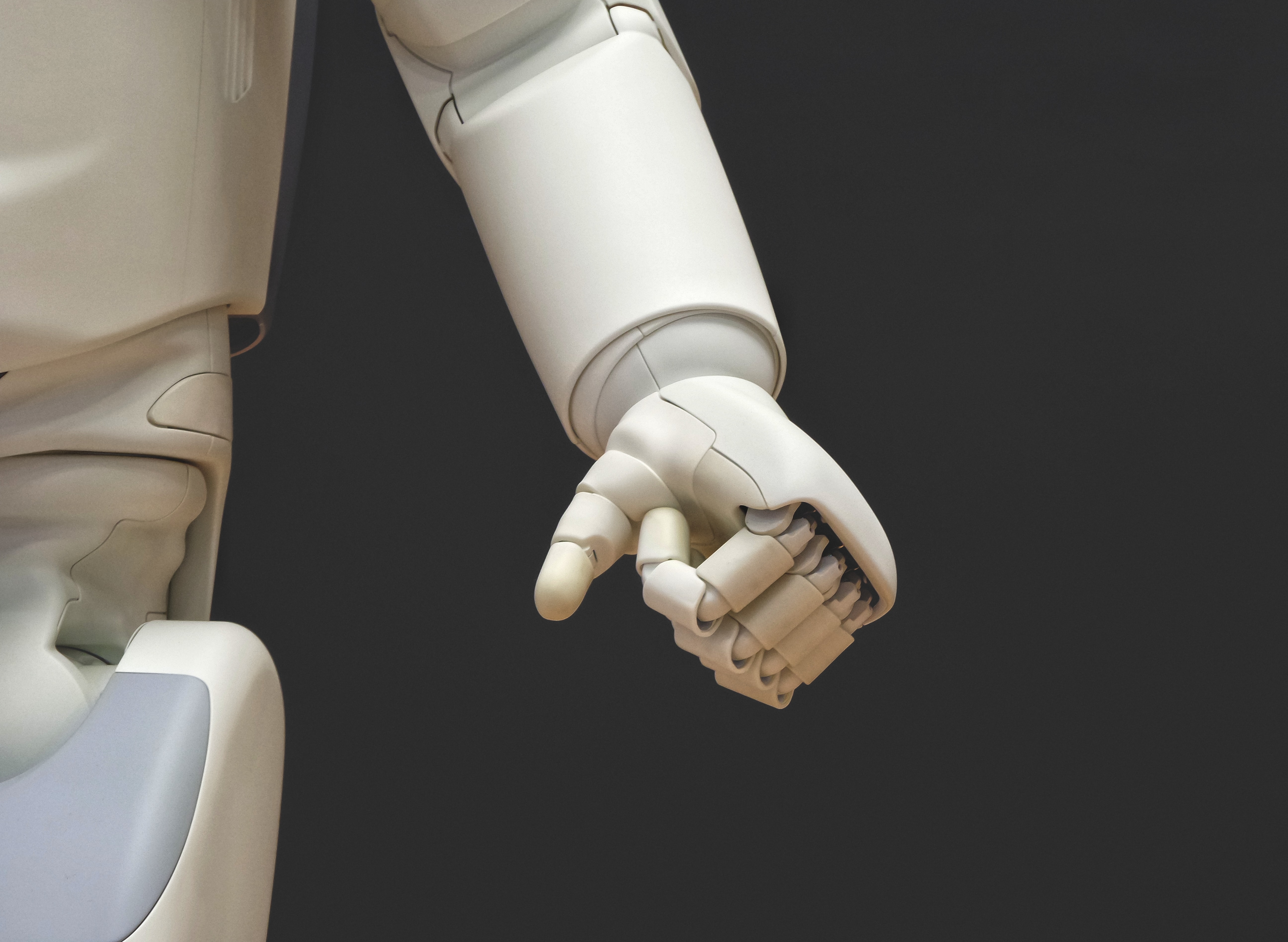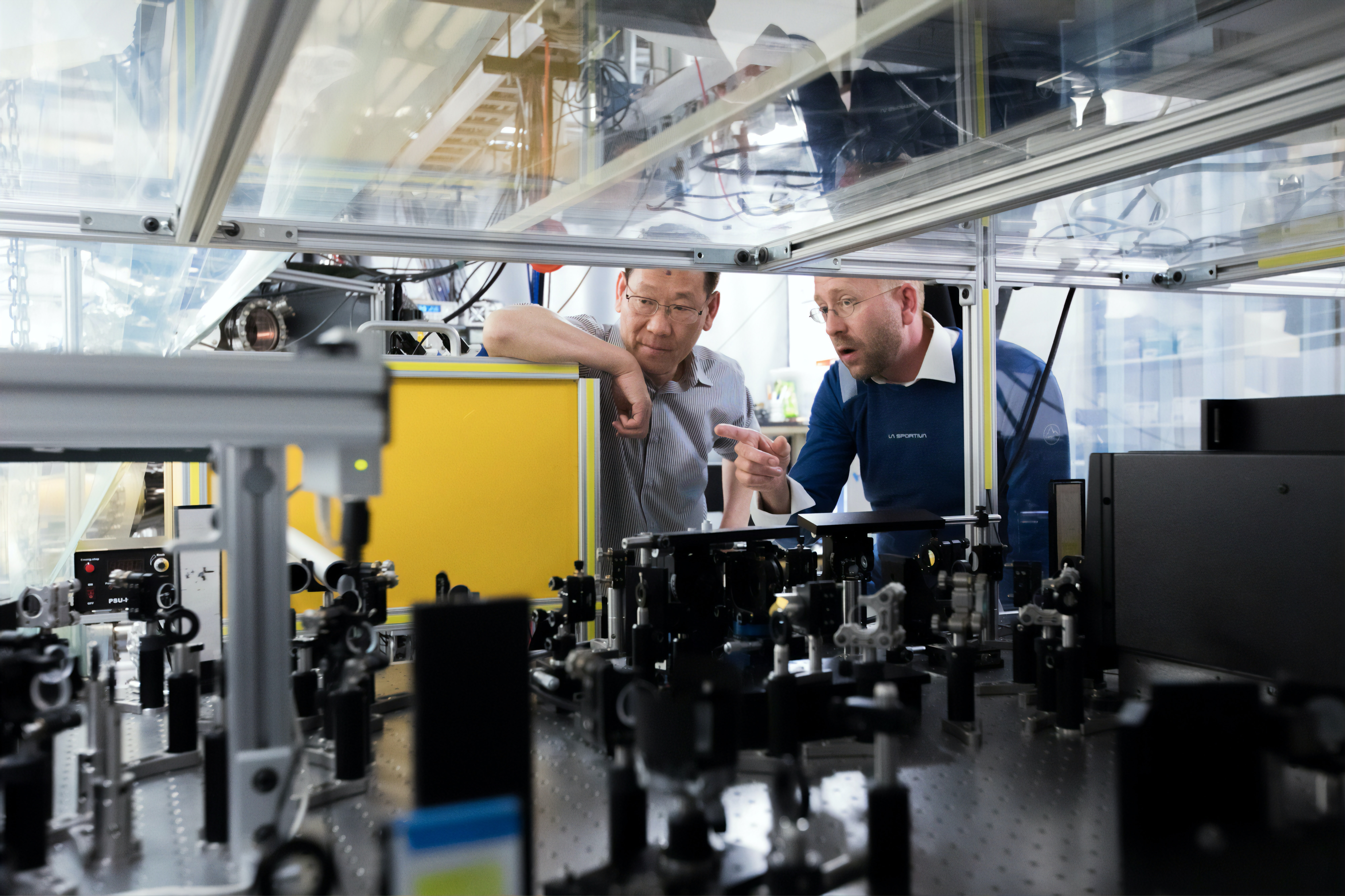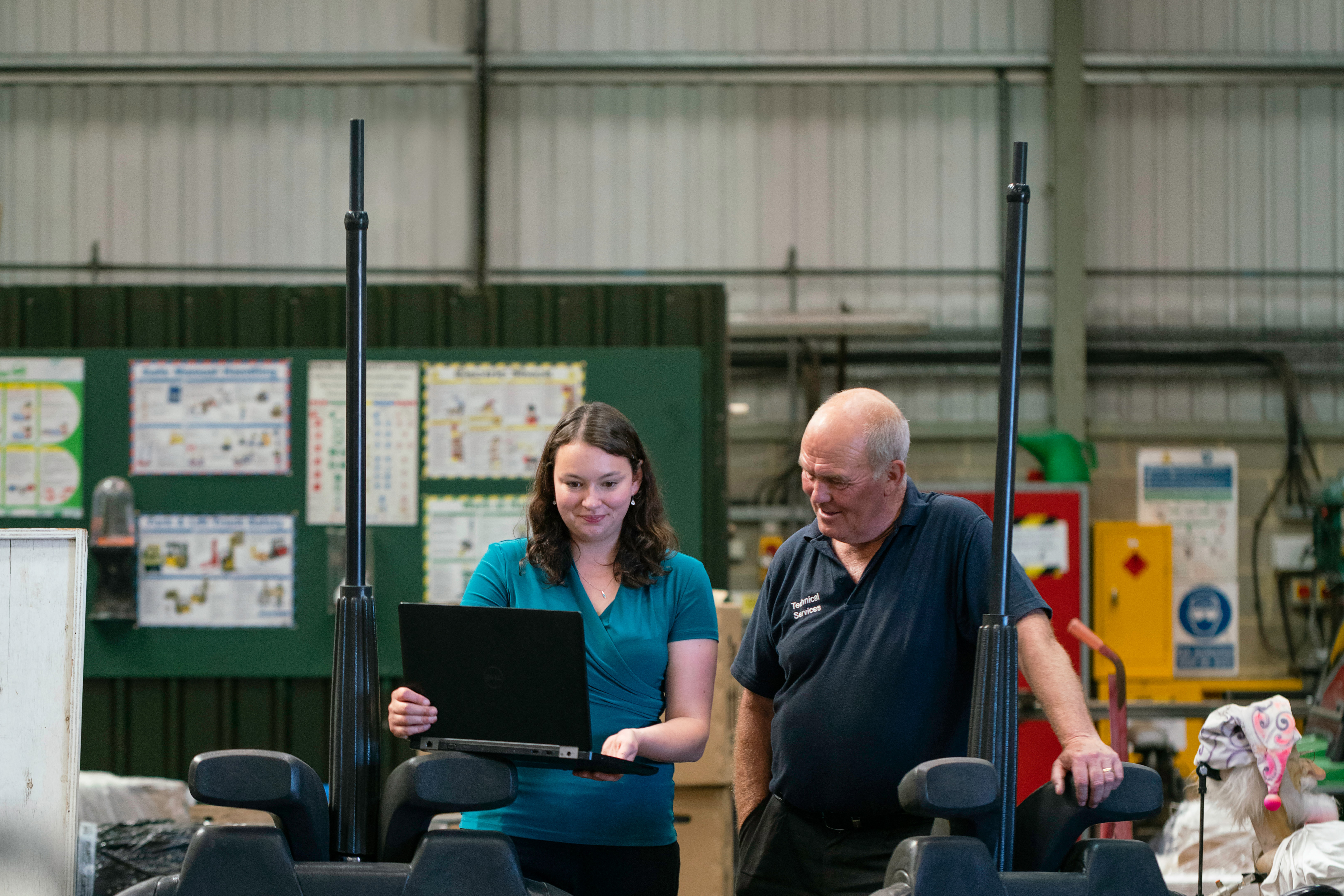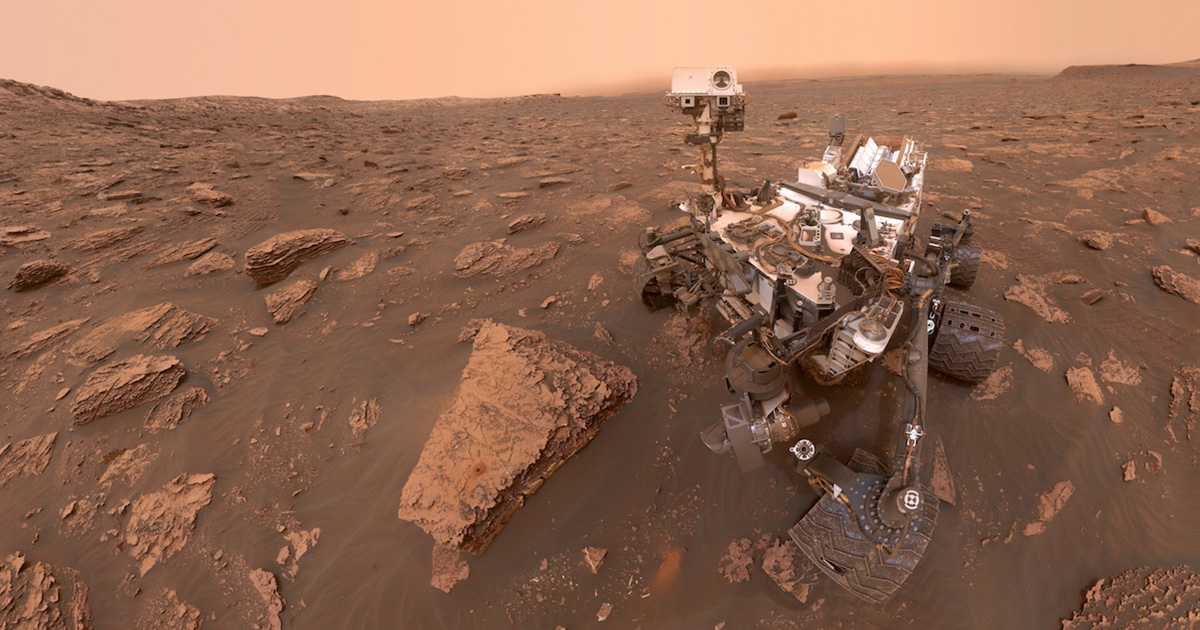Charles Bolden, a former space shuttle commander and National Aeronautics and Space Administration (“NASA”) Administrator from 2009 to 2017, dreamed of being the first person on Mars when he first checked in for astronaut training in 1980. At the time, NASA thought that a crewed Mars mission was thirty years away. Of course, we know now that prediction was overly optimistic. Yet there have been technological advancements and a renewed interest in human exploration of the Red Planet recently. For example, SpaceX tested its newest ship that can carry as many as 100 “colonists” to Mars and the U.S., the UAE and China have launched satellites to there. Here, we explore some emerging technologies to support a Mars mission and the fringe benefits of the new space race for us Earthlings.
Bill Link
Recent Posts
The U.S. population is aging, and the availability and affordability of home healthcare is a national issue. According to estimates by the U.S. Census Bureau, 16% of the U.S. population was 65 and older in 2018, and the median age of citizens was 38.2 in 2018 (an increase of 1 year from 2010). At the present rate of population growth, seniors will outnumber people under 18 in this country by 2035 (readers who want to track the projected growth of both population cohorts can click here). The average life expectancy at birth for males in America is 76.1 years, and for females 81.1 years (2017 data). Males who reach 65 live, on average, 18.1 more years, and females who live to 65, live an average of 20.6 additional years.
Manufacturing Day (“Mfg Day”) is held each year on the first Friday in October, but events associated with Mfg Day continue throughout the month. The purpose of these events is for educational institutions and companies to showcase modern manufacturing careers to students, parents, teachers, and community leaders. Experts predict that there will be 4.6 million new high-skill, high-tech jobs in the next 10 years, and Manufacturing Day is a great excuse for manufacturers to join together to encourage and inform students and adult learners to consider careers in the field to address the job market demand and highlight the benefits to communities of having qualified workers to meet the demand.
As the number of COVID-19 infections increases globally, some countries have turned to tracing technology in an attempt to contain the spread of the virus. Some governments have had success at it; others have not. This article will explore the use of mobile tracing technology to contain COVID and the reasons for the discrepancy in the success rate.
In a world where social media and political agendas make it hard to discern fact from opinion, there has never been a more pressing need for trained scientists and engineers. The current health crisis underscores the importance of rational decision-making based on data, sound analysis, and evidence from application of the scientific method. The simple truth is that reason leads to better outcomes, especially in emotionally-charged and politically divisive situations where the consequences of a poor decision are far-reaching.
Research has linked stress to physical reactions such as headaches, chronic inflammation, reduced immunity, asthma, digestive disorders, infectious disease, cardiovascular disease, and even cancer. It can cause deleterious consequences to mental health as well. In fact, scientific studies show a negative correlation between stress and creativity. Increased stress reduces creativity, and reduced stress improves it. In this article, we take a closer look at the impact of stress and how we can manage it to improve creativity.
The Designatronics SDP/SI Center Distance Designer Tool
Jun 17, 2020 6:00:00 AM / by posted in Engineers, Pulleys, Belts, Mechanical Design
With a global customer base of over 15,000 firms in the aerospace, defense, medical, and industrial sectors, Designatronics, Inc., has emerged as a leader in the design and sale of high-quality small power transmission components. Since it began operations in 1950, the company has expanded to three brands: (1) Quality Bearings and Components (“QBC”); (2) QTC Metric Gears (“QTC”); and (3) Stock Drive Products/Sterling Instrument (“SDP/SI”). Its 87,000 powertrain products include gears, belt and chain drives, shafts, shaft accessories, bearings, couplings, universal joints, vibration mounts, miscellaneous components, hardware, gearheads and speed reducers, right angle drives, brakes and clutches.
Manned Mission to Mars: How Close are We?
Jan 7, 2019 6:00:00 AM / by posted in Mars, 3D Engineering, Exploration, Space, SpaceX
Charles Bolden, a former space shuttle commander and National Aeronautics and Space Administration (NASA) Administrator from 2009 to 2017, dreamed of being the first person on Mars when he first checked in for astronaut training in 1980. At the time, NASA thought that a crewed Mars mission was thirty years away. Of course, we know now that prediction was overly optimistic. Yet there have been technological advancements and a renewed interest in human exploration of the Red Planet in the past few years. How soon could a Mars mission be possible, and what technology will NASA need to make it a reality?
